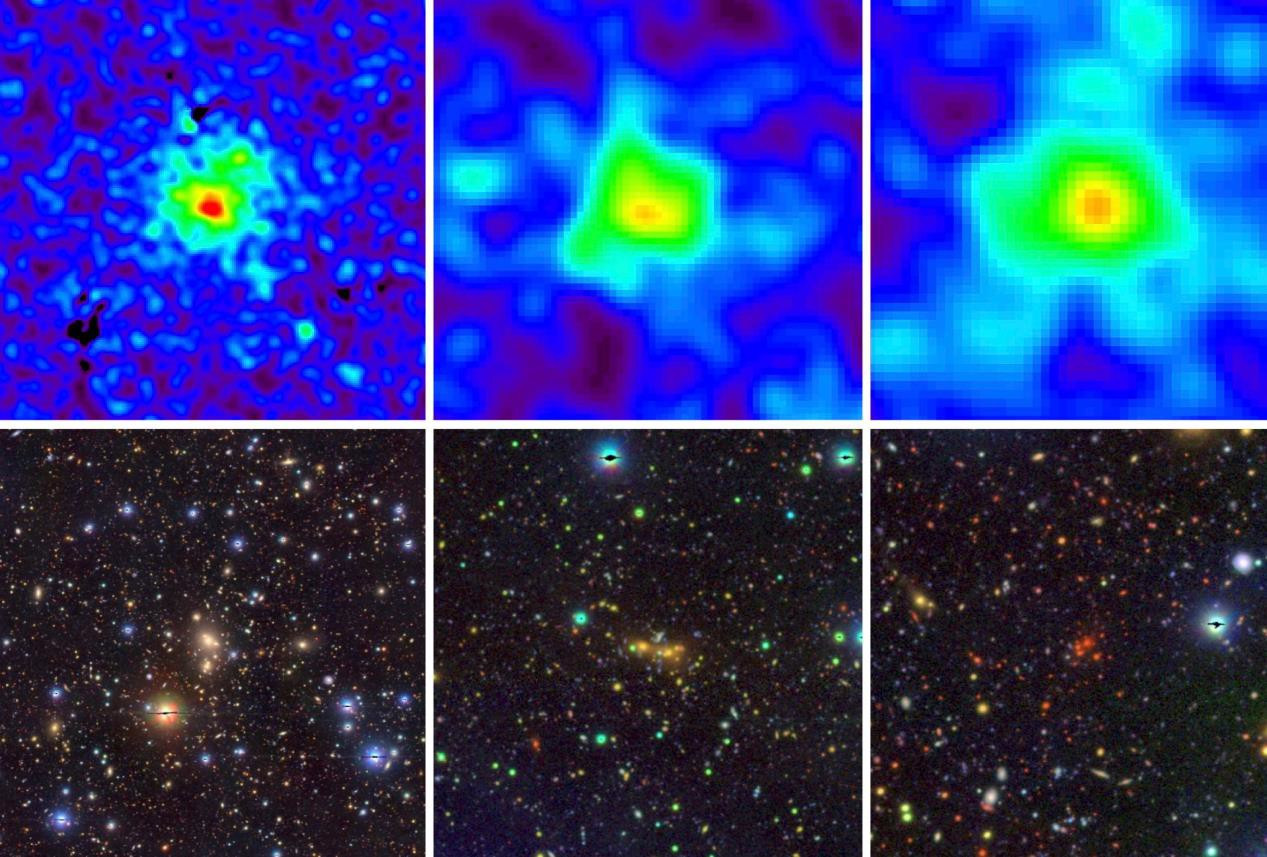A preliminary study of dark energy using the eROSITA X-ray telescope, focused on galaxy clusters, indicates that the intensity of this mysterious force is evenly distributed over space and time.
When Edwin Hubble observed distant galaxies in the 1920s, he made the groundbreaking discovery that the universe was expanding. However, it wasn’t until 1998 that scientists observing Type Ia supernovae discovered that the universe was not only expanding, but beginning an accelerated expansion phase. “To explain this acceleration, we need a source,” says Josef Mohr, an astrophysicist at LMU (Ludwig-Maximilians-Universität) in Munich. “We refer to this source as ‘dark energy’ which provides a kind of ‘anti-gravity’ to accelerate the cosmic expansion.”
Scientifically, the existence of dark energy and cosmic acceleration comes as a surprise, indicating that our current understanding of physics is incomplete or incorrect. The significance of the exponential expansion was emphasized in 2011 when its discoverers were awarded the Nobel Prize in Physics. “Meanwhile, the nature of dark energy has become the next Nobel Prize-winning problem,” Mohr says.
Now, I-Non Chiu of National Cheng Kung University in Taiwan, in collaboration with LMU astrophysicists Matthias Klein, Sebastien Bouquet and Mohr himself, has published the new research on this cosmic mystery in Monthly Notices of the Royal Astronomical Society.
It could be that the antigravity that dark energy could cause is pushing objects away from each other and stopping the formation of large cosmic bodies that might have been formed due to gravity. As such, dark energy affects where and how the largest objects in the universe form, namely galaxy clusters with total masses ranging from 1013 to 1015 solar masses. “We can learn a lot about the nature of dark energy by counting the number of galaxy clusters forming in the universe as a function of time, or in the observed universe as a function of redshift,” Klein explains.
However, galaxy clusters are extremely rare and difficult to find, requiring scans of a large portion of the sky with the world’s most sensitive telescopes. To that end, the eROSITA X-ray space telescope, a project led by the Max Planck Institute for Extraterrestrial Physics (MPE) in Munich, launched in 2019 to conduct an all-sky survey in search of galaxy clusters. In the eROSITA Final Tropical Depth Survey (eFEDS), a small survey designed to verify the performance of the All-Sky Subsequent Survey, about 500 galaxy clusters were found. This represents one of the largest samples of low-mass galaxy clusters to date and spans the last 10 billion years of cosmic evolution.
For their study, Chiu and colleagues used an additional dataset in addition to the eFEDS data: photometric data from the strategic Hyper Suprime-Cam Subaru program, which is led by the astronomical societies in Japan and Taiwan, and Princeton University. Former LMU doctoral researcher I-Non Chiu and colleagues at LMU used this data to characterize galaxy clusters in eFEDS and measure their masses using a weak gravitational lensing process. The combination of the two data sets enabled the first cosmological study using galaxy clusters discovered by eROSITA.
Their results show that by comparing the data and theoretical predictions, dark energy accounts for about 76% of the total energy density in the universe. Furthermore, the calculations indicated that the energy density of dark energy appears to be uniform in space and constant in time.
“Our results also agree well with other independent methods, such as previous studies of galaxy clusters, as well as those using weak gravitational lensing and the cosmic microwave background,” Bouquet says. “So far, all observational evidence, including the most recent eFEDS results, indicates that dark energy can be described by a simple constant, often referred to as the ‘cosmological constant.’”
“Although current errors about dark energy constraints are still larger than we’d like, this research uses an eFEDS sample, which, after all, takes up less than 1% of the entire sky,” says Moore. Therefore, this first analysis laid a solid foundation for future studies of the eROSITA full-sky sample, as well as samples from other groups.





